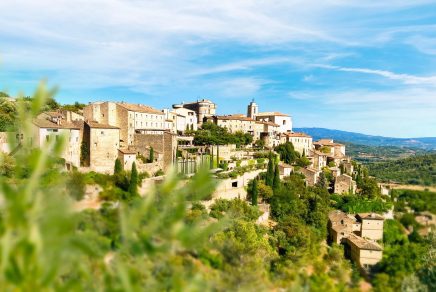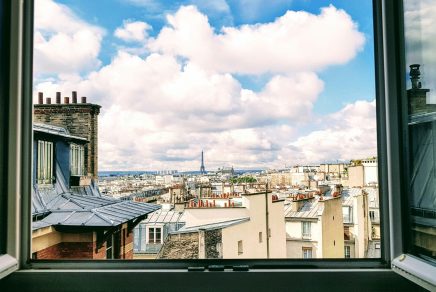Nantes is a modern, lively city in constant evolution. The gateway to Brittany is resolutely contemporary, yet it has a strong and unique history. It is known for its artistic creativity and its habit of doing nothing like the others. We take you to discover the places to do in Nantes during a short stopover.
LU Tower
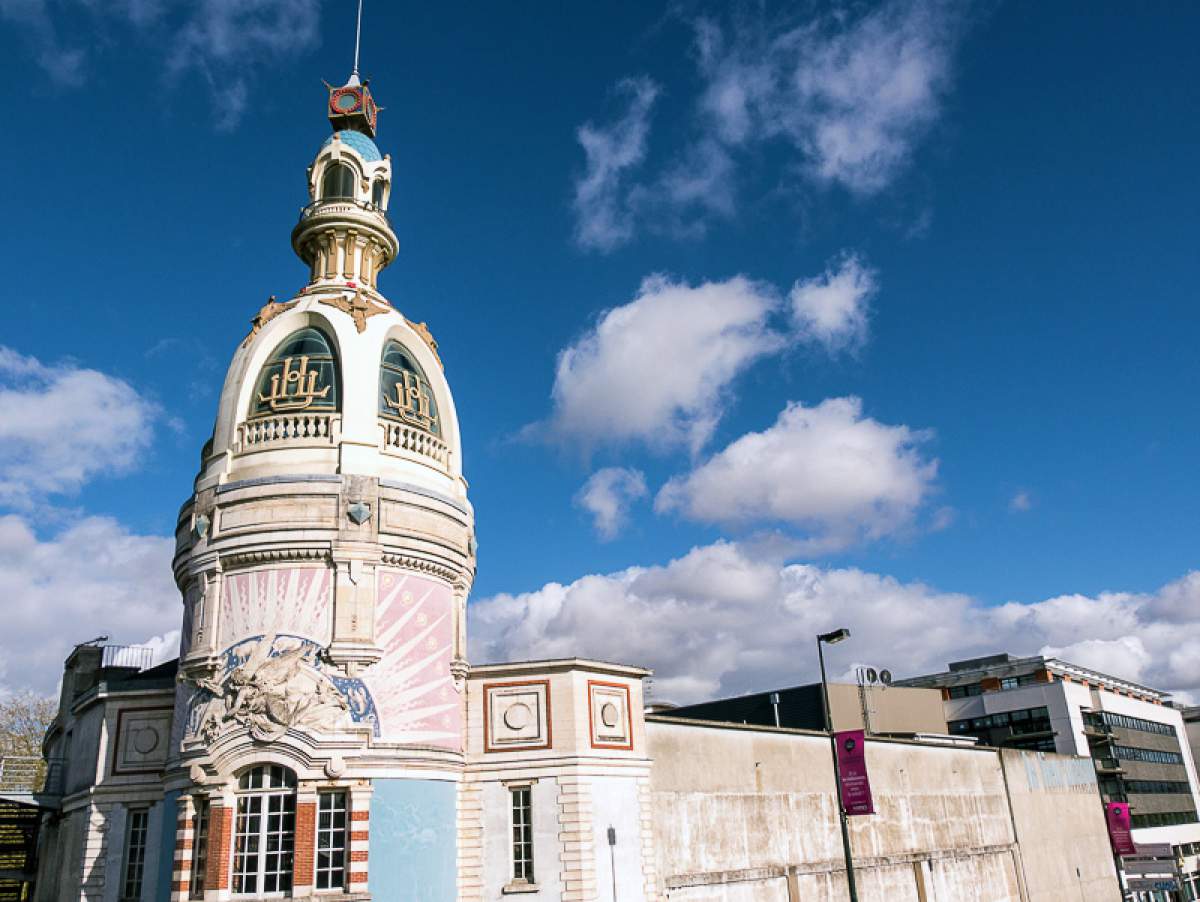
The recent history of Nantes is linked to that of the biscuit industry and the Lefèvre Utile family. At the beginning of the 20th century, the biscuit factories were running at full capacity in the heart of the city. Even though they have now been moved, one of the factories, recognisable by its pastel pink tower (the LU tower), has been converted into a cultural centre much appreciated by the people of Nantes: the Lieu Unique. There is something for everyone there!
Château des Ducs de Bretagne
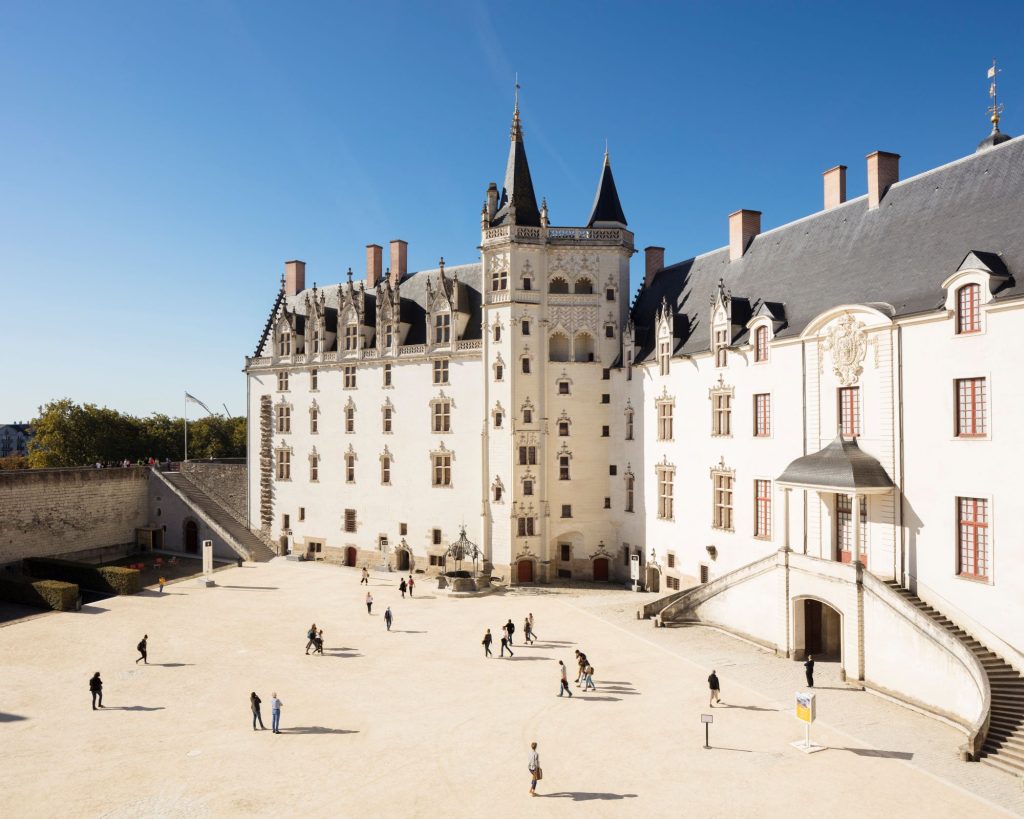
Not far from the LU Tower is another of the city’s historical landmarks, the Château des Ducs de Bretagne, also known as the Nantes History Museum. It was built at the end of the 15th century by François II and his daughter Anne de Bretagne. It is a dazzling white building that has not lost its beauty and now houses a museum of the history of Nantes and temporary exhibitions. Cultural events take place in the courtyard throughout the year. As for the moat, it is a privileged place to enjoy the sun. Definitely one of the top things to do in Nantes!
Saint Pierre et Saint Paul Cathedral

A little higher than the castle stands the Gothic-inspired Cathedral of St Peter and St Paul. Dating from the 15th century, it became more beautiful in the 17th century. It is now resplendent thanks to a recent restoration. Its square allows you to appreciate its grandeur as well as the stained glass windows.
Tour de Bretagne
From the cathedral you can already see the Tour de Bretagne. Not to be confused with the other Tour de Bretagne, which is more for cyclists! It is undeniably not the most beautiful monument in the city, but it is a landmark for the people of Nantes and for visitors. Its architecture is reminiscent of the Tour de la Bourse in the heart of Montreal’s economic centre. Built in 1976, from the top of its 144 metres it dominates the city. Closed to the public since 2020 after the discovery of asbestos dust, the Bretagne Tower will be transformed and will undergo a cultural renaissance over the next few years.
Graslin Theatre
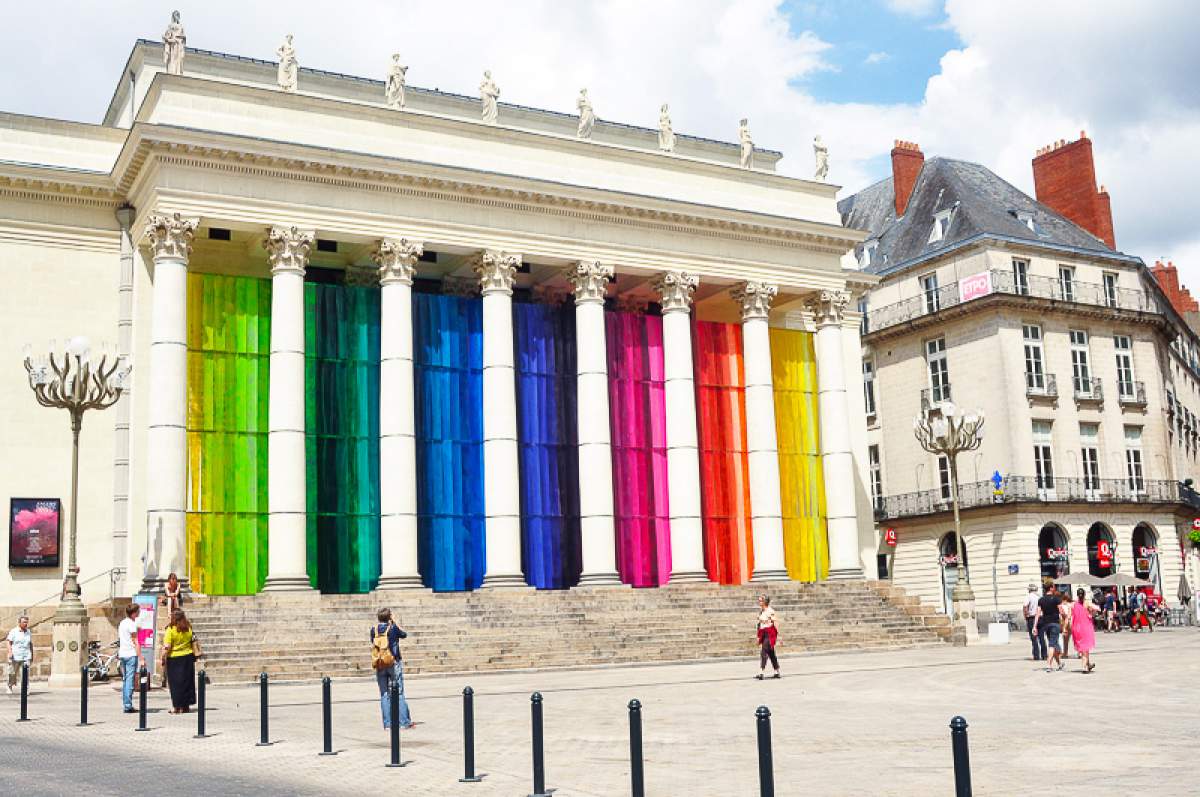
Then continue your visit to the Graslin district and its theatre of the same name. Nantes has a significantly strong theatrical culture. The Graslin theatre was built in the 18th century to provide a venue worthy of this art form, a fine example of neoclassicism. Nantes is one of the four French cities that can boast of preserving its period theatres. Its adjoining square has been given a facelift and is now reserved for pedestrians! A must-see in Nantes for culture lovers.
Not to mention another famous institution will delight your taste buds and pupils: the beautiful art nouveau brasserie La Cigale, on Place Graslin.
Pommeraye Passage
Going down rue Crébillon, you will find the beautiful Passage Pommeraye. Inaugurated in 1843 and initially designed to promote luxury shops to the Nantes bourgeoisie, it is still a popular place for shopping enthusiasts. It even miraculously escaped the terrible bombings of 1943. Nevertheless, its architecture and abundant ornamentation as shown above make it one of the most beautiful passages in Europe.
The Jules Verne Museum
Among the illustrious people of Nantes is the immense Jules Verne. He was born and spent his childhood in Nantes. His imagination was imbued by the city and the call of the sea, so close. A museum on the butte Saint Anne retraces his career through objects that belonged to him, including manuscripts, books, extracts from his works and illustrations. In other words, it’s a great way of immersing oneself in his singular universe and of strolling through a charming district of Nantes.
It may be worthwhile to obtain the Museum Pass which allows entry to the Nantes History Museum (Château des ducs de Bretagne), the Natural History Museum, the Nantes Art Museum, the Jules Verne Museum and the Chronographe (Rezé).
The memorial to the abolition of slavery
The presence of the Loire has influenced the history of Nantes. A true commercial artery, for better or for worse, it was the first slave port in France in the 18th century. In the light of the 150th anniversary of the abolition of slavery, city officials encouraged the creation of a place of remembrance. The inauguration was held in 2012 following an international architectural competition. In 2012, the city erected a memorial to the abolition of slavery signed by the artist Krzysztof Wodiczko in order to better tell, understand and assume this facet of its history.
Titan cranes

The Titan cranes (one yellow and the other grey), silent relics of the region’s industrial prosperity, punctuate the stroll along the Loire as can be seen opposite the Quai de la Fosse in place of the former shipyards. The city of Nantes has skillfully transformed this historical heritage into a place for living, pushing back the limits of creativity and urban planning.
Furthermore, Monuments historiques registered both the grey and the yellow ones as graded buildings.
Rue de Kervégan
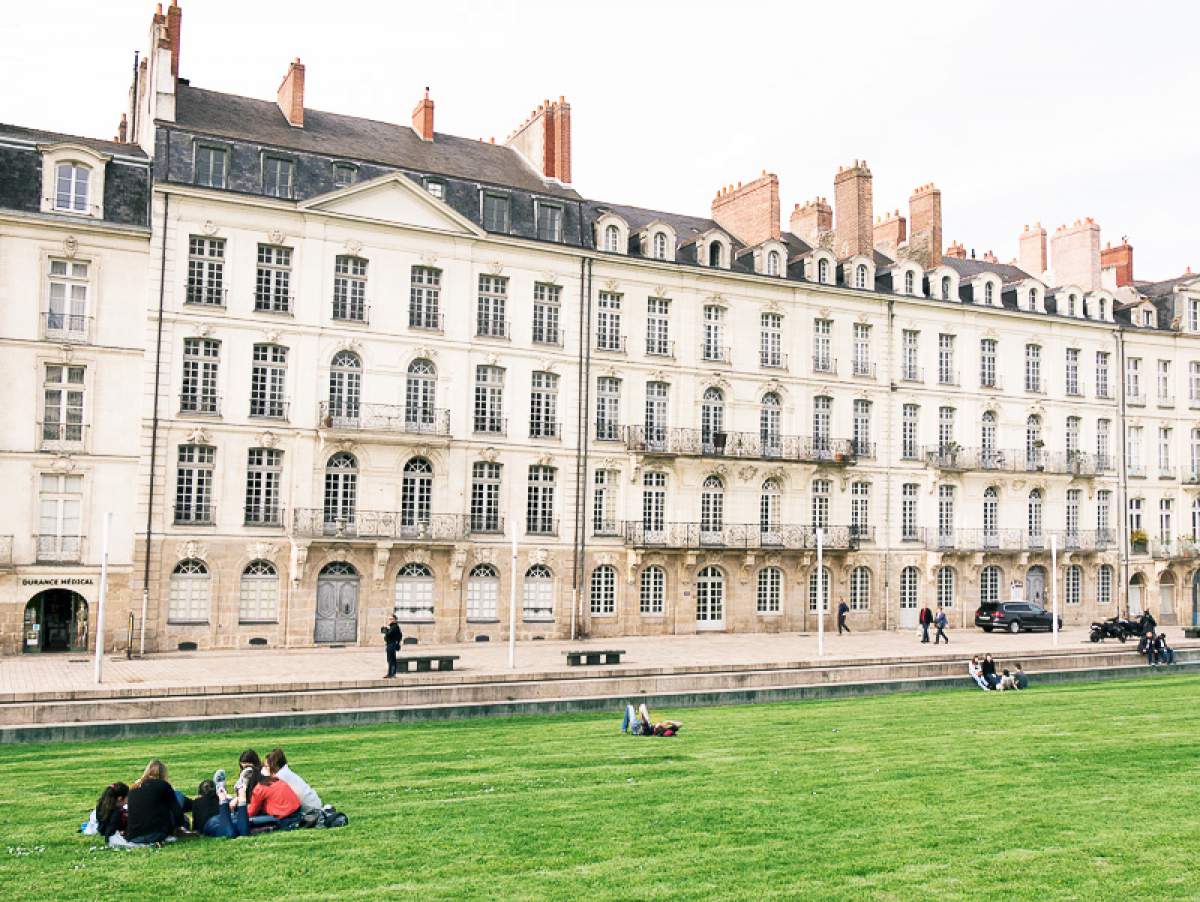
On your way back from the Ile de Nantes district where the cranes are located, don’t miss Ile Feydeau. With its bistros, terraces and lawns lined with prestigious buildings of former Nantes shipowners and merchants, it is a slice of paradise. Although this may be true, this superbly preserved 18th century district does have a noticeable quirk. Anyone who pays close enough attention will notice that something is not quite right.
Evidently, this “island” is not really an island! The arms of the Loire river that surrounded at the time it were thereafter filled in during the 1930s. As a result, the soil is now loose and unstable, and the buildings are leaning dangerously. These crooked houses are one of the weirdest things to do in Nantes!




